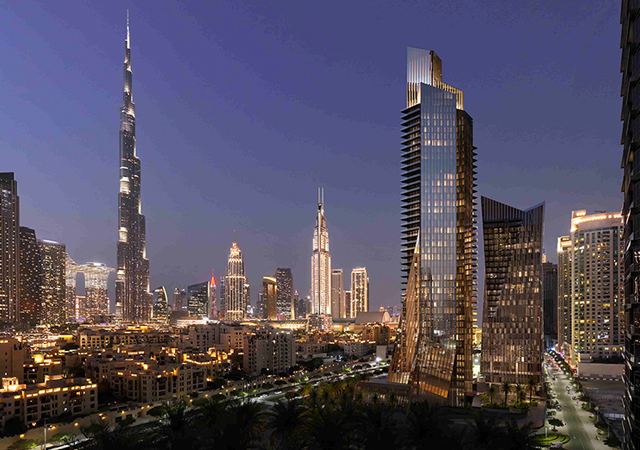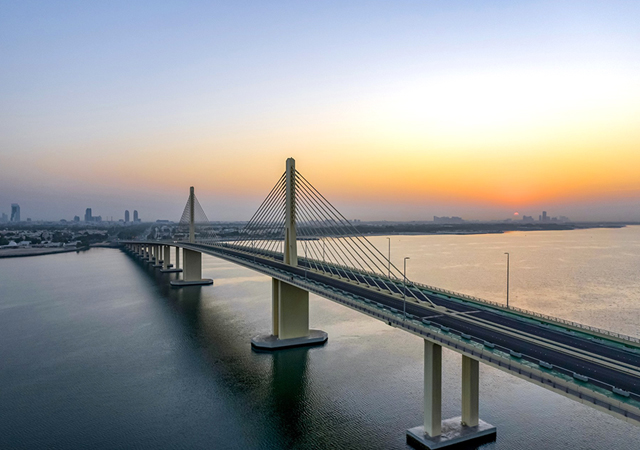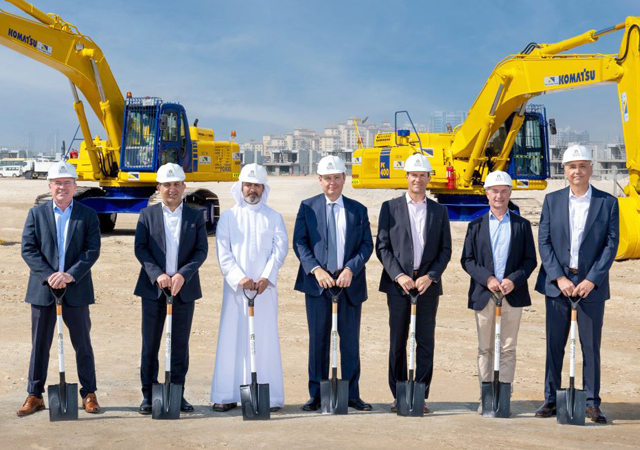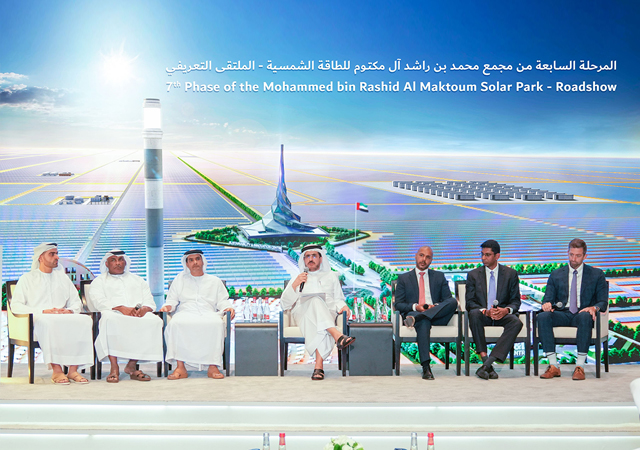

LIEBHERR has launched a new mobile construction crane, MK 80, which combines the mobility of a classic mobile crane with the functional advantages of the tower crane.
Mounted on a four-axle vehicle, the MK 80 can be readied for operation quickly. The lifting equipment is provided with level luffing and trolley jib, offering extensive working radii and high lifting outputs with fully effective hook height.
The Liebherr mobile construction cranes available on the market until now have been mounted on the commercially approved three or four-axle truck chassis. In the meantime however, demands in the mobile construction crane market for dimensions in working radius, lifting capacity and hook height, have made it necessary to completely redevelop the crane unit as well as the crane carrier, says company spokesperson Maria Rechsteiner.
"As provider of the widest range in cranes worldwide, with tower, mobile, ship, offshore, container and mobile harbour cranes, Liebherr benefits from valuable synergetic effects in development," she says.
Compact design
The MK 80 is transported as a complete assembly with tower, jib, counter-weight, power generation unit and in-height adjustable operator's cab, featuring crane transport dimensions of only 15.9 m in length, 2.75 m in width and 4.0 m in height. All crane carrier axles are steerable, allowing the mobile construction crane manoeuvrability in areas with very limited space.
Three of the four axles are powered by a 270 kW/368 hp Liebherr diesel engine and a power shift transmission, driven with 16 forward and two reverse gears. The drive axles are equipped with planetary gearboxes in the wheel hubs and differential locks. All axles have hydro-pneumatic suspension via maintenance-free hydraulic cylinders.
The driver's cab distinguishes itself in comfort, including hydraulic shock-absorption, sound-proof and heat absorbent internal panelling, as well as a steplessly adjustable seat with pneumatic suspension.
The driver's seat is also available with optional pneumatic lumbar vertebra support. Co-ordination of all electric and electronic components is resulted via the CAN-data bus technology, she adds.
Fully automatic assembly
The MK 80 was conceived around one-man-assembly at the press of a button, whereby support of the crane carrier is resulted via four extendable sliding rods; as well as hydraulically-driven support cylinders and strut plates. Levelling of the machine also occurs automatically. The desired condition for crane operation, regarding hook height or jib positioning is pre-selected - from here the entire crane erection procedure will largely be program-controlled and automatically monitored, continues Rechsteiner.
"The entire crane erection procedure is resulted via an assembly winch for the tower and a second winch for the jib, the switch-over occurring automatically. Both hoist rope and trolley travel rope remain taut automatically during assembly and disassembly. All control functions of the entire crane erection procedure are carried out via a central control lever on the control panel (master switch). Orientation and speed of the assembly is pre-entered individually."
The MK 80 features a telescopic tower and a three-piece jib in framework design with tight-welded square sections and diagonals. The maximum hook heights are 28 m with horizontal jib positioning, or 48 m in the luffed position with 42 m working radius.
State-of-the-art crane drives
"Due to their frequency-converter control, the drives for the hoist unit and the trolley travel gear offer steplessly adjustable speeds. The hoist unit's lifting and lowering speeds range from 0 to 75 m/min.
"The MK 80 comprises an EDC-slewing gear with an electronic slewing control system. Offering steplessly adjustable working speeds, automatic, electronic wind force moment control and automatic load swing absorption, this slewing gear is capable of safe counter action.
"A 57.0 kVA diesel powered generation unit provides drive for the MK 80. The spark trap on the exhaust outlet complies with the classification requirements of the DNV and GL," she explains.
Operator's cab
The MK 80 can be provided with a full-vision cab, glazed all-round with safety glass. Equipped with its own drive, this operator's cab can be steplessly adjusted in height. The crane operator can sit in the cab and move to any desired working position.
The operator's cab offers optimal operating comfort. Among other accessories, a crane operator's seat with an integrated remote-control, a master switch installed in the arm-rest, thermostatically controlled air-conditioning, windshield wiping and washing system and an electronic monitoring system (EMS), are fitted as standard.
Landmark job
Liebherr cranes have recently won much acclaim for their work in the construction of the landmark Al Faisaliah Centre in Riyadh, Saudi Arabia.
The centrepiece of the complex, which was officially opened this May, is a 30-storey tower which reaches a height of just under 280 m including the antenna.
Liebherr tower cranes of the EC-H and HC-L series were used to accomplish the more difficult tasks on the construction site. The EC-H cranes were at work on the lower buildings and the 224 HC-L and 500 HC-L cranes were erected for the construction of the Faisaliah Tower.
"The HC-L system was perfect for use on the restricted space since the crane has a small slewing radius and its jib can be adjusted between 15 and 89 degrees," Rechsteiner says.
The HC-L cranes were initially erected with a free-standing hook height of 51 m (224 HC-L) and 58 m (500 HC-L) at a distance of only 15.1 m.
The 224 HC-L had a working radius of 35 m, a lifting capacity of 8 tonnes at the jib head and a maximum lifting capacity of 24 tonnes. The 500 HC-L was used with a maximum working radius of 40 m, a lifting capacity of 15 tonnes at the jib head and a maximum lifting capacity of 32 tonnes, says Rechsteiner.
Throughout the construction period, work on site was done in two shifts and the crane operators worked day and night. High variations in temperature with peak values of up to 50 deg C in the summertime as well as gusts of wind filling the air with sand imposed extremely high requirements on the reliability of the cranes and the equipment of the cabins. The completion deadlines to be met required tower cranes working without any trouble, she says.
"The height of the building demanded on the one hand quick and easy climbing of the HC-L cranes. On the other hand, rapid hoisting and lowering speeds with precise winding of the hoist drum were also required. The hoist ropes were up to 630 m long with two-fall hoist rope reeving. The hoist gears had to work with particular sensitivity when positioning the steel parts weighing up to 22 tonnes.
While the carcass work was still carried out on the pyramid-shaped upper floors, the glass facade was already installed on the lower part of the building - which also imposed special requirements on the precision of the hoisting and lowering movements over the whole height of the tower," says Rechsteiner.
Another special feature of this project was the displacement of a tower crane at a height of 180 m. At the level of the 30th storey, the 224 HC-L climbing inside the building was placed on a cantilever platform outside the Faisaliah Tower by means of the 500 HC-L. [QQ] Afterwards the 500 HC-L was dismantled with the aid of the 224 HC-L which was climbed up subsequently to a tower height of approximately 70 m on the cantilever platform.
The building contractor Saudi Binladin has confirmed that the Liebherr tower cranes gave proof of their absolute reliability - despite the particularly unfavourable working conditions, adds Rechsteiner.


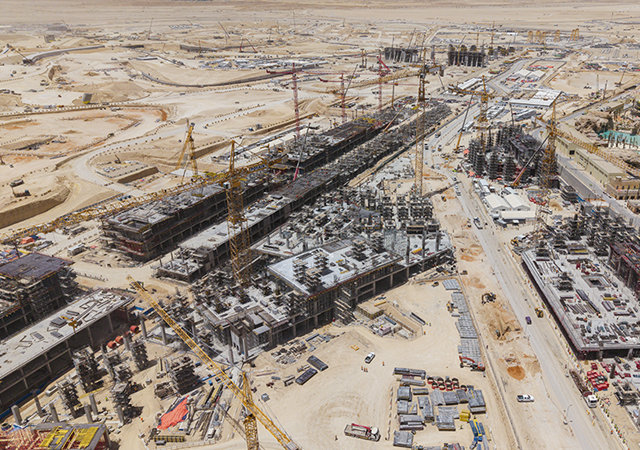
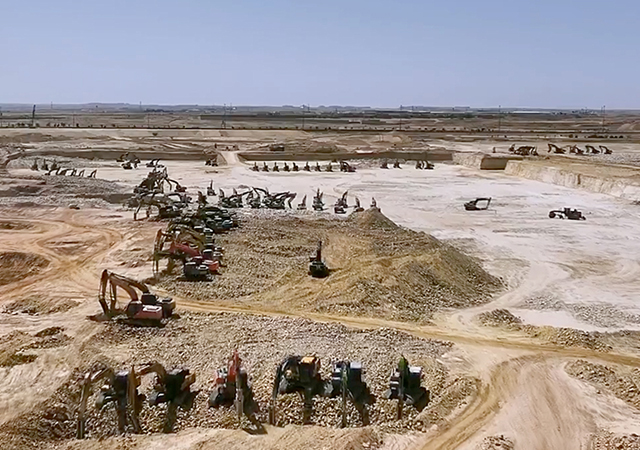
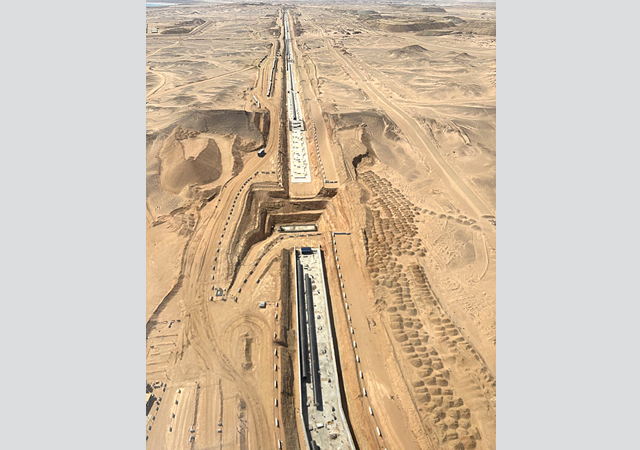

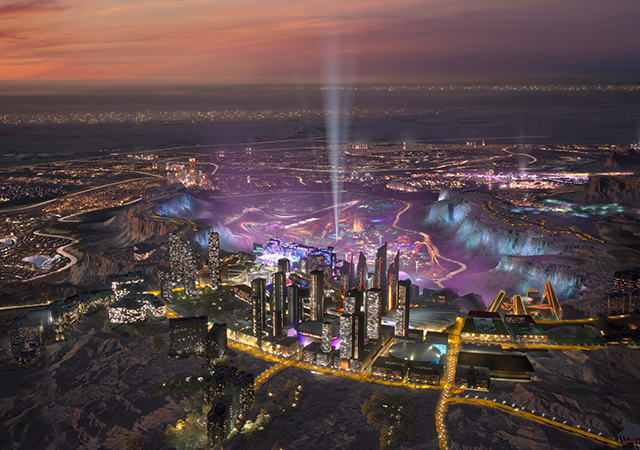



 BIG.jpg)
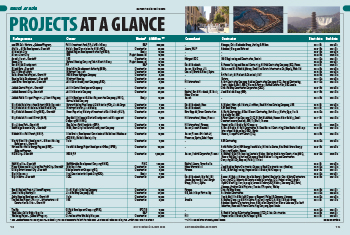
.jpg)
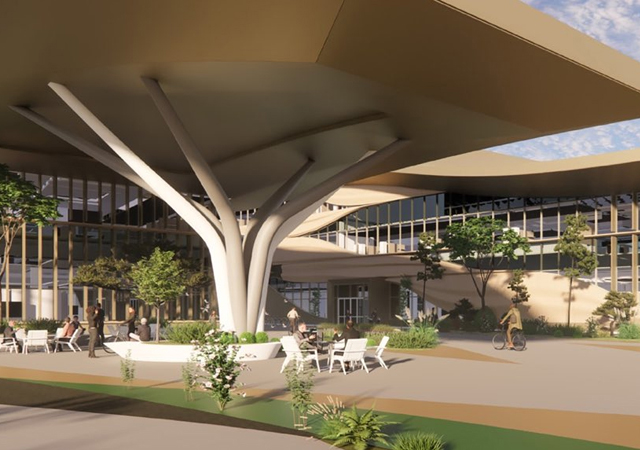
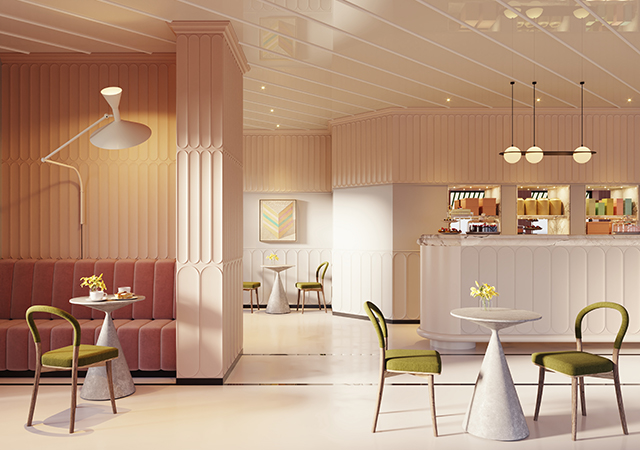

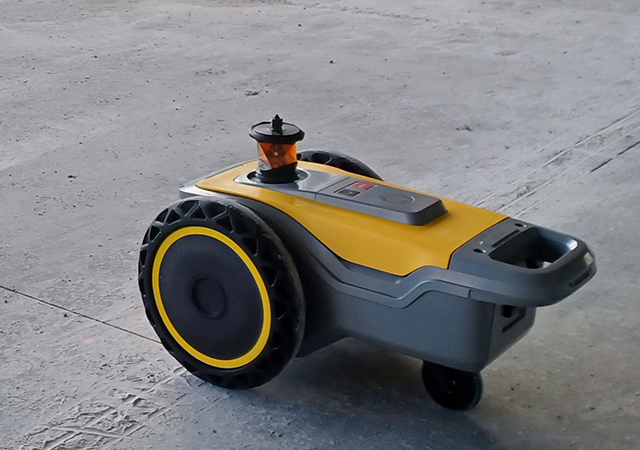
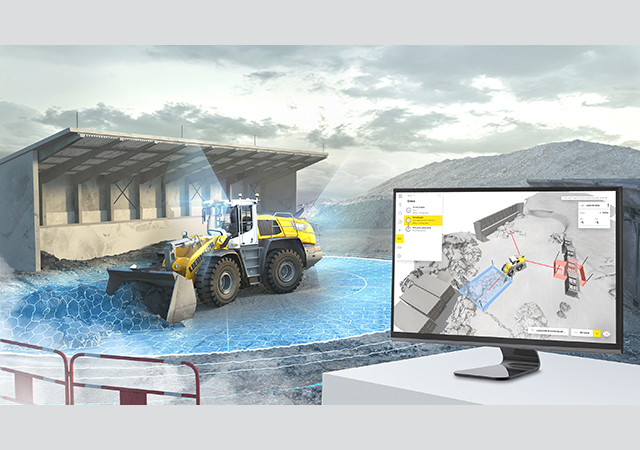

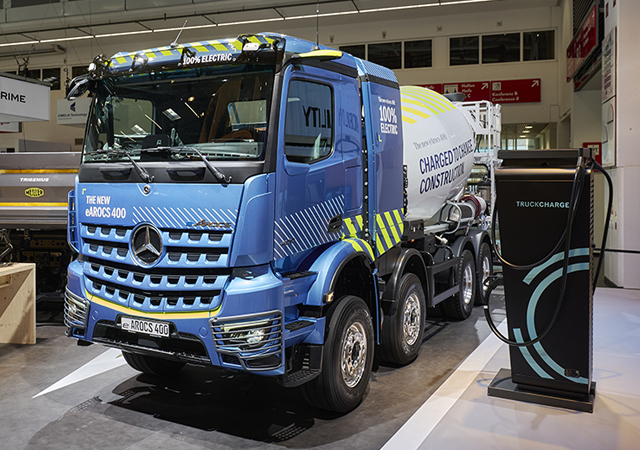

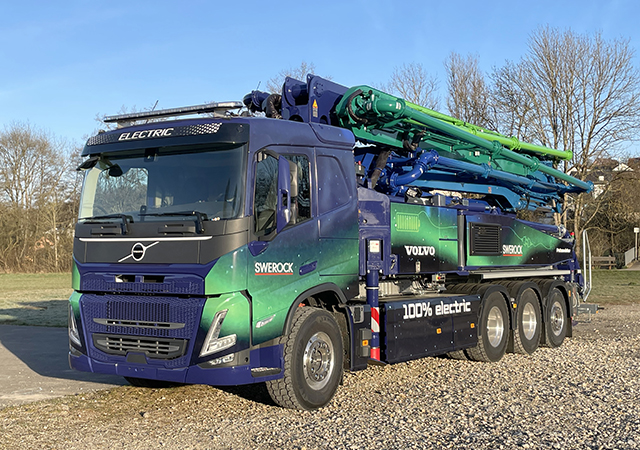

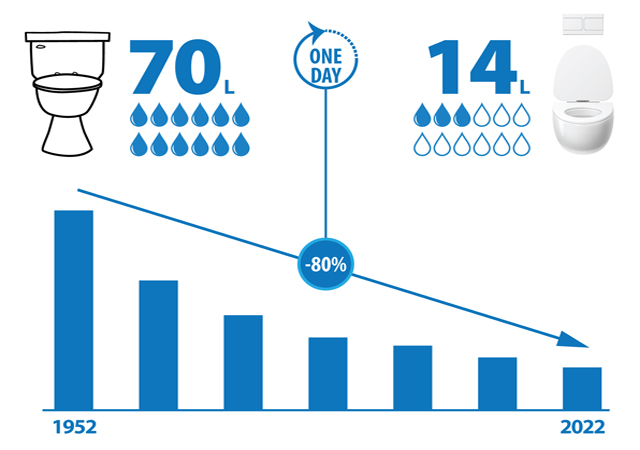


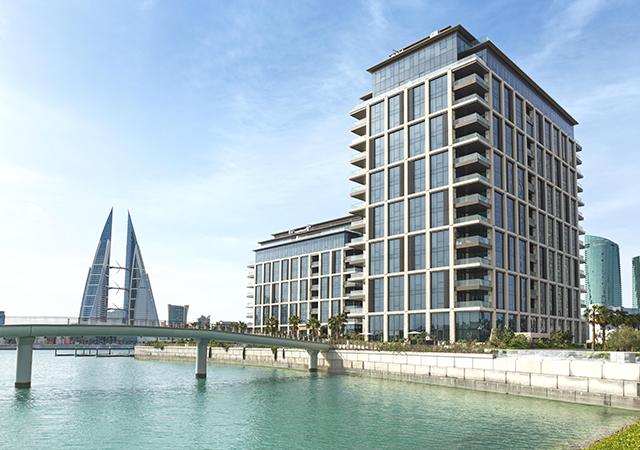




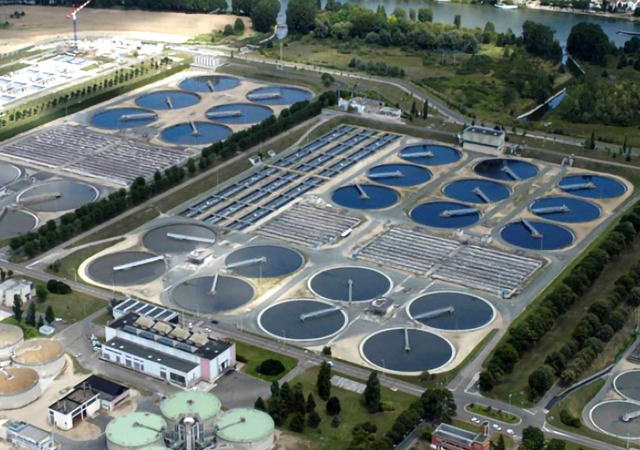



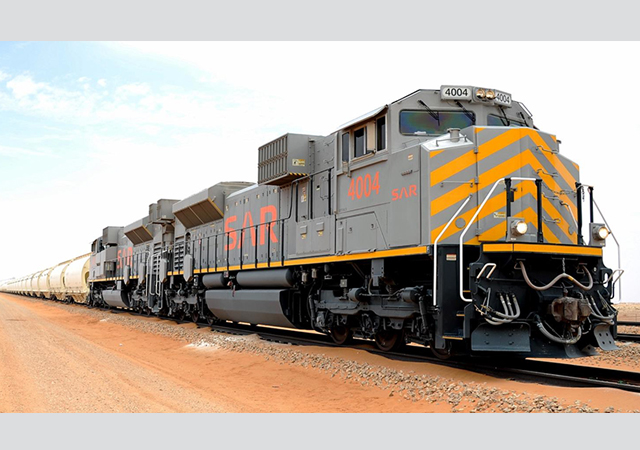
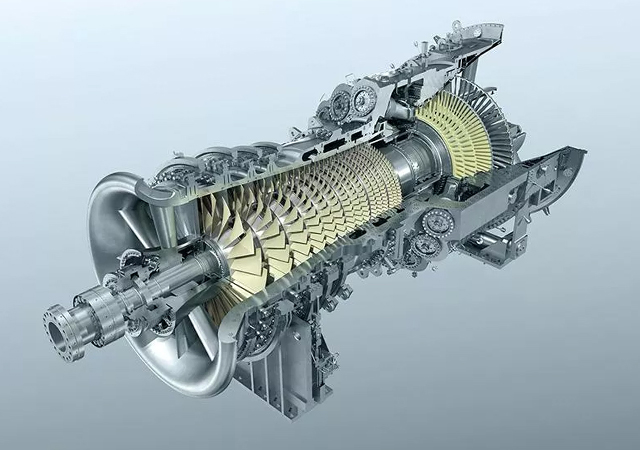

.jpg)

